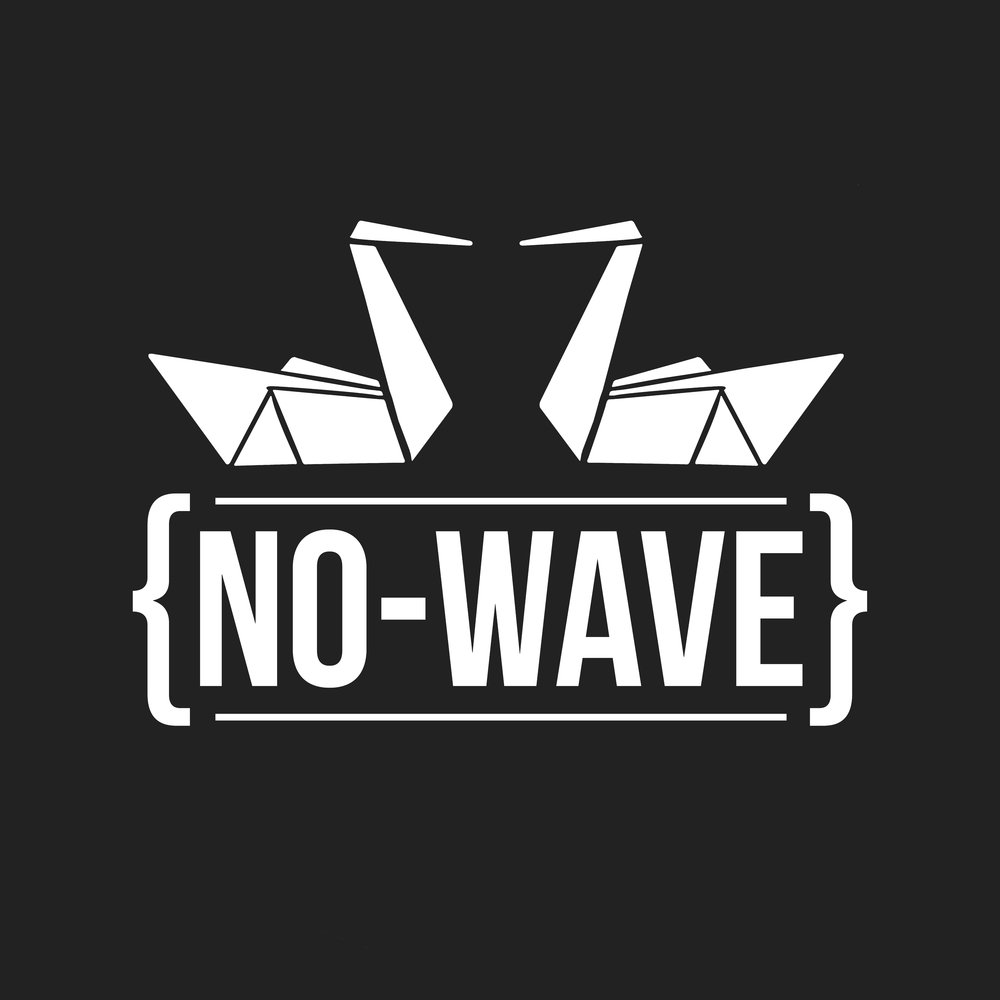This self-titled EP from Leeds three-piece Coded Marking marries beat sequencing with brash bass to evoke the forgotten misery and terror of the 1980s. The decade had seen temporary whitewashing in younger people’s heads, and been painted as an endless John Hughes/Señor Spielbergo schmaltz-fest. The resurgent popularity of post-punk, though, has helped resurrect awareness of the period’s financial desperation and nuclear paranoia. This isn’t to imply that contemporary post-punk acts are a nostalgia trip. Their existence more likely symptomizes the 80s’ cultural anxieties rearing back up like a fucking hydra, as the craggy ghost of Thatcher cackles from the sky.
In this sense Coded Marking vanish amidst a sea of their own peers. There’s a lot of people around who are worried about the same stuff, it seems. Where the band distinguish themselves, however, is in their fairly unique and sickly sonic palette. Instrumentals are rich, full and bass-laden. Everything sounds muggy and indistinct, as though the master was found in some plane wreckage or one day bubbled up out of a swamp. When instruments poke their heads above this miasma, they buzz and clip (see: the guitar which plucks its way through closing track “The White Cord”).
Vocals, too, are treated almost to the point of inhumanity. Words become hoarse exhalations who find most of their meaning through the expressiveness of their delivery. Beneath the post-processing is a voice similar to Jason whassaname from Sleaford Mods—and I’m not saying that because I’m a Southern willy who thinks Leeds and Nottingham are the same place. There’s a gravelly and overexerted timbre to vocals—halfway between apathy and pure rage—and a relaxed attitude towards staying “in time” (whatever the fuck that means).
These tracks are unassuming but still make themselves known. They basically function as a collection of dark jams who lock into grooves most sane people would be happy to listen to for ages and ages. There’s no doubt this band would be a great experience live, but until you can go see them, this EP is the next best thing.
Coded Marking is available for purchase and streaming here.
Words: Andrew O’Keefe




